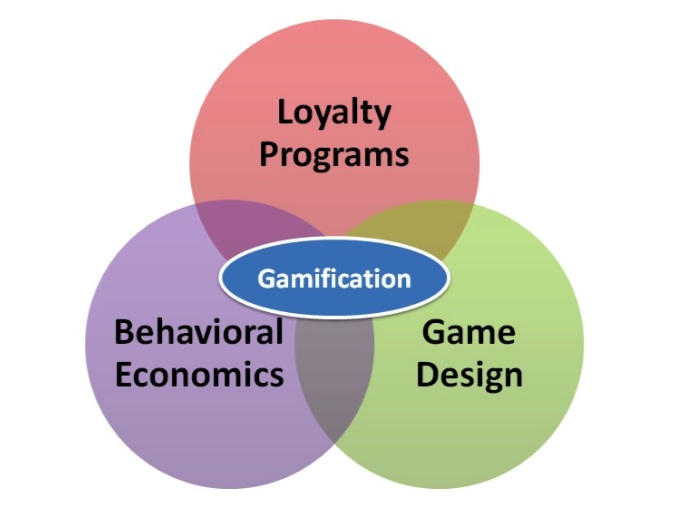There are trends every year, even predictive trends for pundits, vendors, and journalists to chew on. For every real, vital trend that effect various businesses there are ones that are limited or nearly useless for most businesses . . . like QR codes.
“You’ve seen those two-dimension bar codes on advertisements, product packaging, and even signs in stores. The idea is for a consumer to take a picture with a smartphone, use an app that can decipher the squiggles, and then land on a marketing website or perhaps download some enticing content,” writes Erik Sherman. “QR may stand for quick response, but it might instead be an abbreviation of quixotic response. Back in June 2011, comScore estimated that 14 million Americans scanned QR codes with their mobile phones. It sounds like a big number–but it was only 6.2 percent of the total mobile audience. So, using them as a strategic marketing tool will likely mean you’re reaching a tiny portion of your potential customer universe. Plus, many consumers don’t know how to use them and multiple types of 2D barcodes exist, just to make the world more complicated. So don’t. Spend your time on communication forms that all your customers will readily understand.”
There’s also big data, involving millions or billions of datapoints for things like weather prediction or Google search queries. While this is useful for macro trends, it is simply unnecessary for most businesses.
“That level of data analysis is probably nowhere near what you need for your business. Most decisions are built on small data: dozens or hundreds or maybe thousands of data points. If you don’t have systems in place that let you regularly and predictably make effective use of the data you already have, then looking at big data is like saying you want to jump into the ocean to avoid getting damp from a summer shower,” notes Sherman. “Also, making sense of lots of data is far harder than people think. There are few Nate Silvers out there, but you probably can’t afford to hire them. Instead of trying to sift through massive amounts of data, spend more time in 2013 fine-tuning your products or personally connecting with your customers.”
There’s also the trend of BYOD, or bring your own device, with pros being employees being happier with their own devices and a reduction in overhead for the overall company. It’s not a full-proof solution, however.
“Time for a reality check. Sure, let workers bring mobile devices in, where it makes sense. But don’t assume that just because they use their favorite iDevice employees will suddenly hit untamed levels of productivity. And don’t assume that passing off the hardware mantle to your employees is sensible. What happens if they don’t get an adequate degree of support Are you ready for them to be out of commission while they wait for some unmotivated third party to repair their machines in a few weeks — notes Sherman. “Figure out what employees need to do, what resources that requires, and when they need to do it. And if letting people use their own devices makes sense, do it bit at a time. Don’t move everyone over wholesale.”
Another trending topic that people in the gaming industry are no doubt familiar with is “gamification”. People like games, achievements and rewards for check-ins can be useful, but it’s not universal.

“It might help some companies, but this has all the smell of a silver-bullet solution. If you don’t have practices, insights, offerings, and ways of doing business that can bring customers closer to begin with, using games won’t help,” notes Sherman. “Gimmicks can work to improve sales, employee productivity, or virtually anything else for a while. In organizational psychology, it’s called the Hawthorne Effect. People start working harder because management is paying attention. But eventually things slow to back to normal levels, because people get used to the new status quo. When all is said and done, games rely on consumer whimsy and can be ephemeral in nature, which probably isn’t what you had in mind for business improvements.”
Consumer Internet companies saw heavy interest last year, with Cheezburger Inc. and Glam Media seeing heavy investment and Instagram selling for $741 million to Facebook, even after the social network’s stock drooped. These things are hardly universal, however.
“Consider the hundreds of consumer Internet start-ups born in 2012 through accelerators, incubators, and start-up contests,” writes Sherman. “Then consider how many of them fell right into oblivion. Despite the continued interest in this sector, there are already signs that at least some VCs are starting to put more of their money into less faddish concepts. This year, the B2B sector offered a few bright spots, especially in financial services and IT, in an otherwise down VC market.”
“Instead of turning every idea into another consumer website or application, consider what you can do that might have lasting value for some group of people. You might not get invited to all the cool Silicon Valley parties, at least not in the beginning, but you’ll have some revenue to show for your efforts,” concluded Sherman.
Source: INC.com

